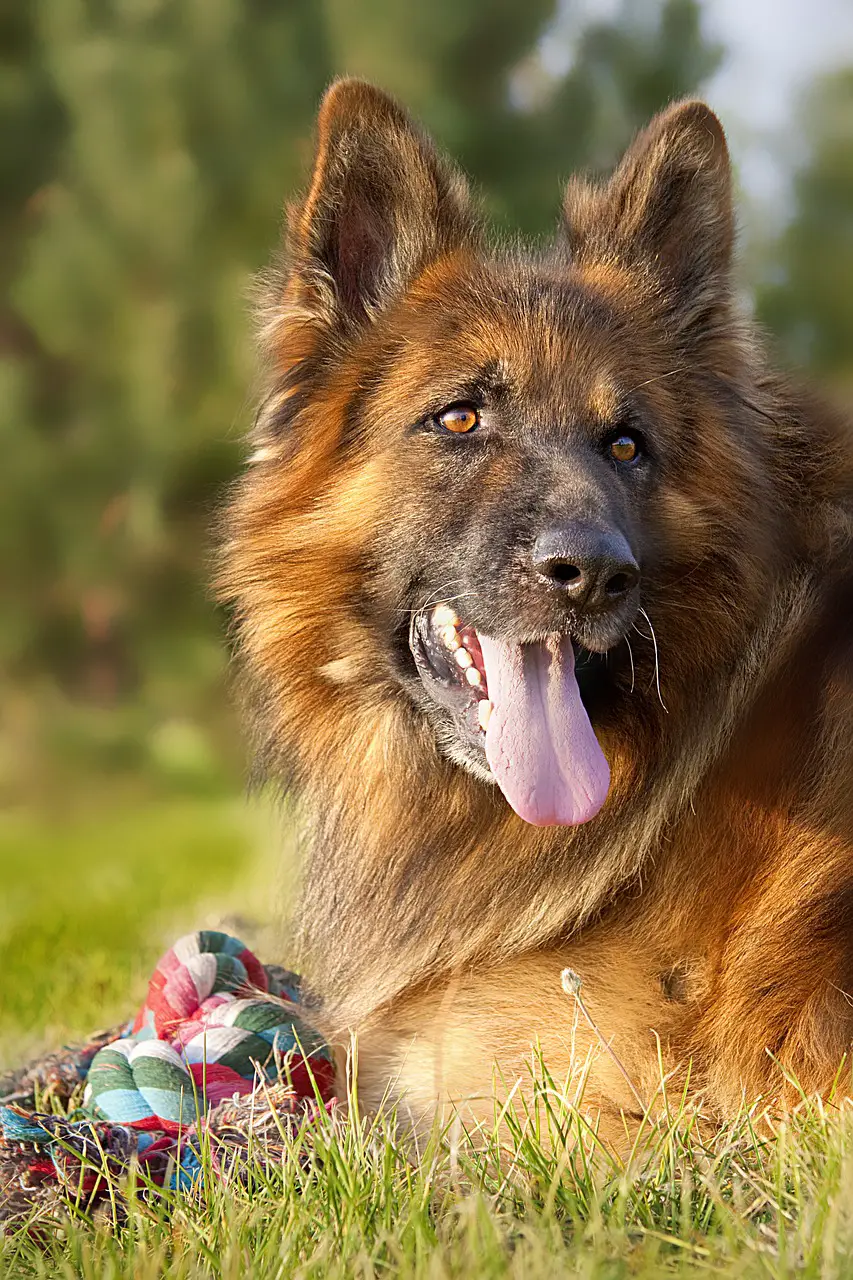How to brush dog’s teeth? This takes certain steps and techniques in order to effectively brush your dog’s teeth.
Table of Contents
Step one: Select the right type of dog toothbrush
There are many types of dog toothbrush. You got to select the toothbrush that fits and is suitable for your dog. Dog toothbrushes are smaller and have much softer bristles than human toothbrushes.
You can also use a finger toothbrush fits over your finger and makes cleaning those hard to reach places easier.
Step 2: Find a dog-friendly toothpaste
Never use human toothpaste for your dog because most contain fluoride which is extremely toxic and fatal to dogs.
It’s important to find a pet friendly toothpaste that is in flavors such as poultry and beef.
Step 3: Find the right time
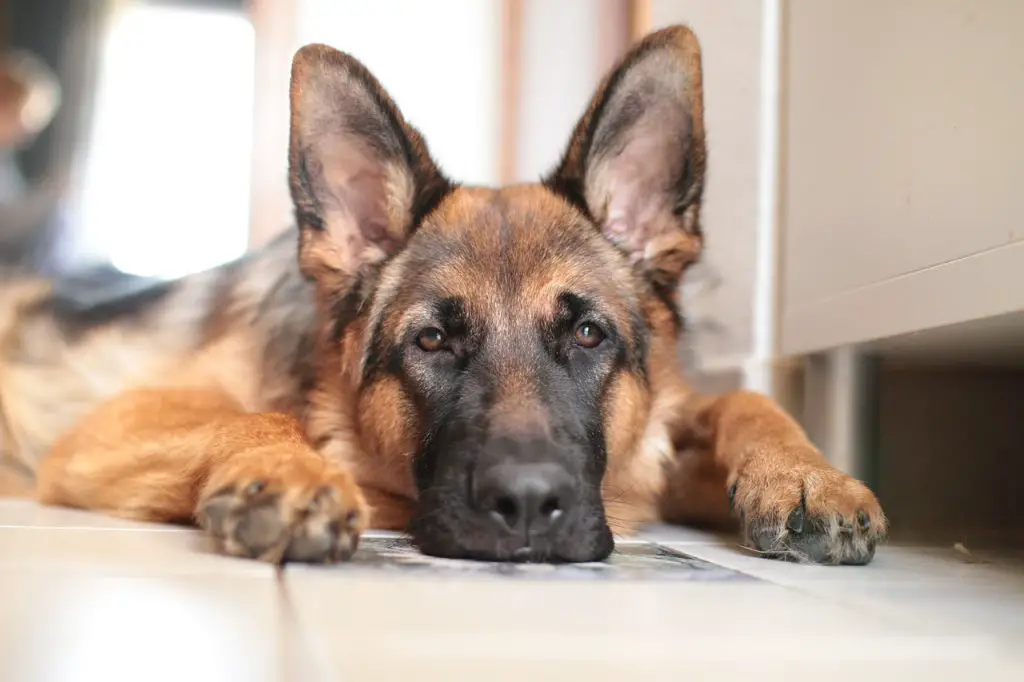
Try to brush your dog’s teeth when they are calmed and relaxed. Make sure to make a routine. Brush your dog’s daily is the most preferred condition.
But if your dog is healthy, three days a week can make a difference. Without brushing, bacteria can pile up and it will lead to gum disease, bad breath, and tooth decay.
It can cause severe infection causing threatening conditions.
Step 4: Gently pet the muzzle
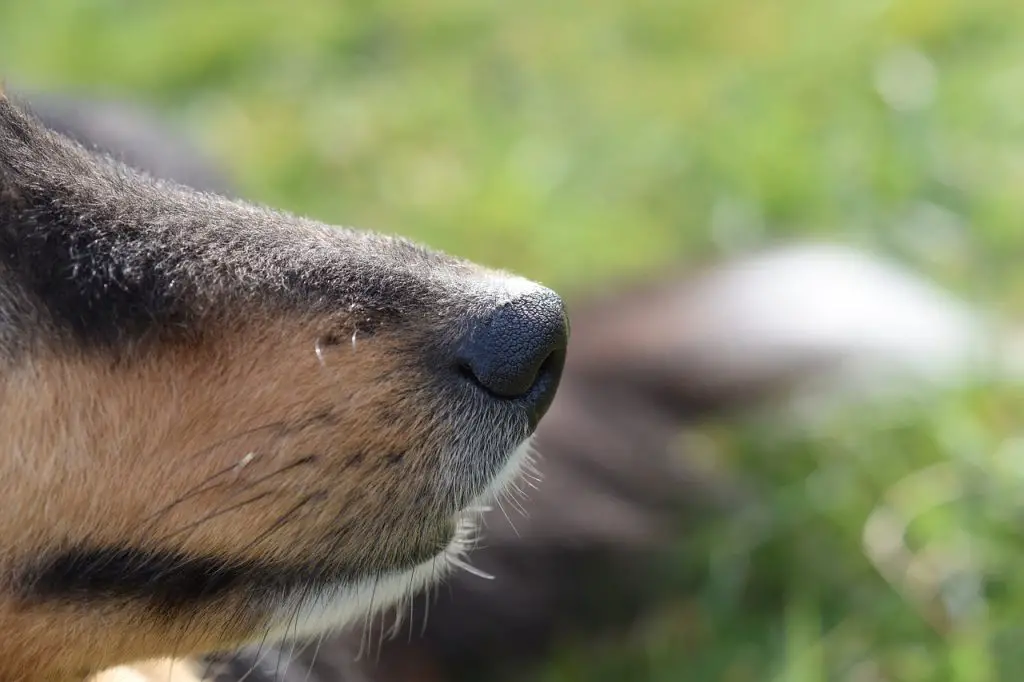
Gently pet and scratch the muzzle so that your dog and gently open your dog’s lip for 30 seconds. Reward with a treat at the end of the session.
Step 5: Run your finger over your pet’s teeth
Repeat the above steps expect that now you have to run your fingers over your pet’s teeth for 20 to 30 seconds. Reward and praise your dog again.
Step 6: Place a small amount of toothpaste
Put a small amount of toothpaste on the toothbrush and let your dog lick it. Most dogs will enjoy the taste but if they don’t, try another flavor.
Step 7: Try actually brushing your dog’s teeth
Brush all of your dog’s teeth using a toothbrush with the dog’s toothpaste. Remember the upper outer surfaces are the most important so brush them for about 20 to 30 seconds.
Brush in small circles, get to the top and bottom on each side. Slight bleeding may occur every once in a while. However, ongoing bleeding can be a sign of gum disease so the best option is to speak with your vet.
Step 8: Focus on brushing away the build-up bacteria
Focus on brushing a few teeth every day and then working up to brush more of your dog’s teeth everyday. The most preferred is two minutes as a total.
If your dog resists, try brushing the outsides of the canine and the back teeth. You can also brush away the insides of the teeth. If you can’t get to them, then don’t worry their tongue cleans that area very well.
Step 9: Reassure your dog
Keep your dog calm while you are brushing your dog’s teeth. Talk to your dog throughout the brushing, pat, and stroke them so they feel relaxed.
Make sure that your dog feels relaxed while their teeth is brushed.
Tips for dog teeth cleaning
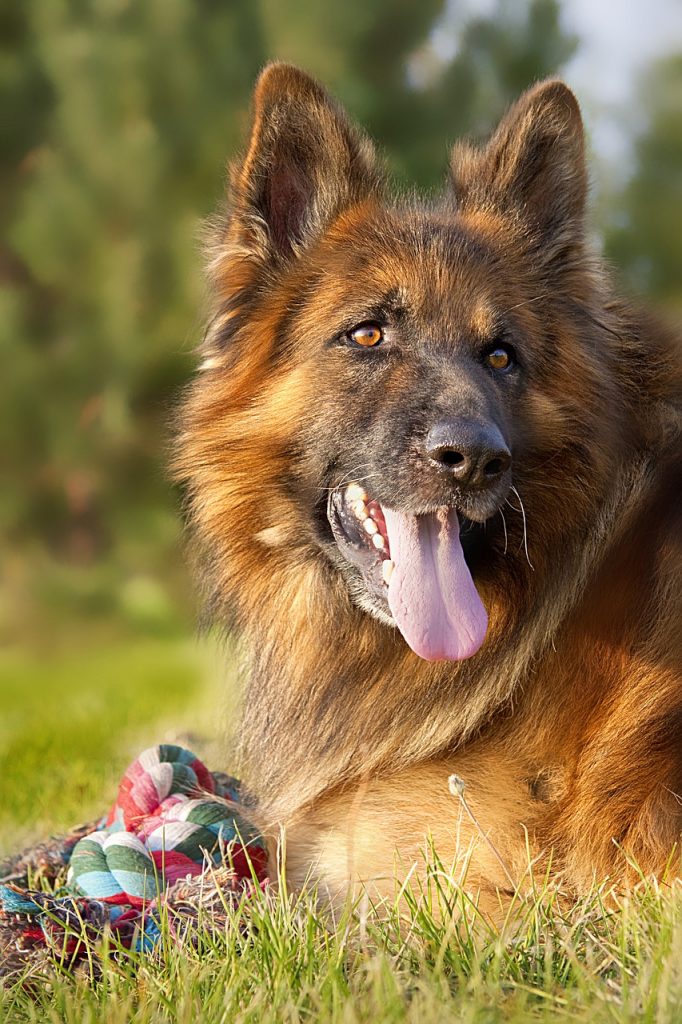
- Use a special dog toothbrush that is specialized for dogs.
- Never use human toothpaste on dogs. It is very harmful to dogs.
- Give your dog a small sample of toothpaste to introduce it to them.
- Lift the lip to expose the outside surface of the gums and teeth.
- Brush gently to not harm the gums and teeth.
- Make sure to reach the molars and canines of your dog.
- Reward your dog with a treat or praise.
How often should I brush my dog’s teeth?
Your dog’s teeth should be brushed every day. There are numerous dental care products such as pastes, brushes, solution, chew toys, dental diets that help protect dog teeth.
Other options for brushing your dog’s teeth
Natural dental sprays
Natural dental sprays are effective in reducing and preventing build-up tarter and plaque. It also controls bad breath as a bonus it gives your dog a minty- fresh breath.
To apply, spray the natural dental spray in your dog’s mouth. Make sure your dog doesn’t eat or drink before and after it’s application for a time.
Dental diets treats and kibble
Some dried food such as certain treats and kibble keep your dog’s mouth clean by scrubbing the teeth as a pet eats while other contain additives that help keep the plaque that is building in the dog’s mouth soft so it doesn’t form tartar.
So if you want your dog to have clean teeth, give them these treats and kibble from time to time.
Dental chew toys
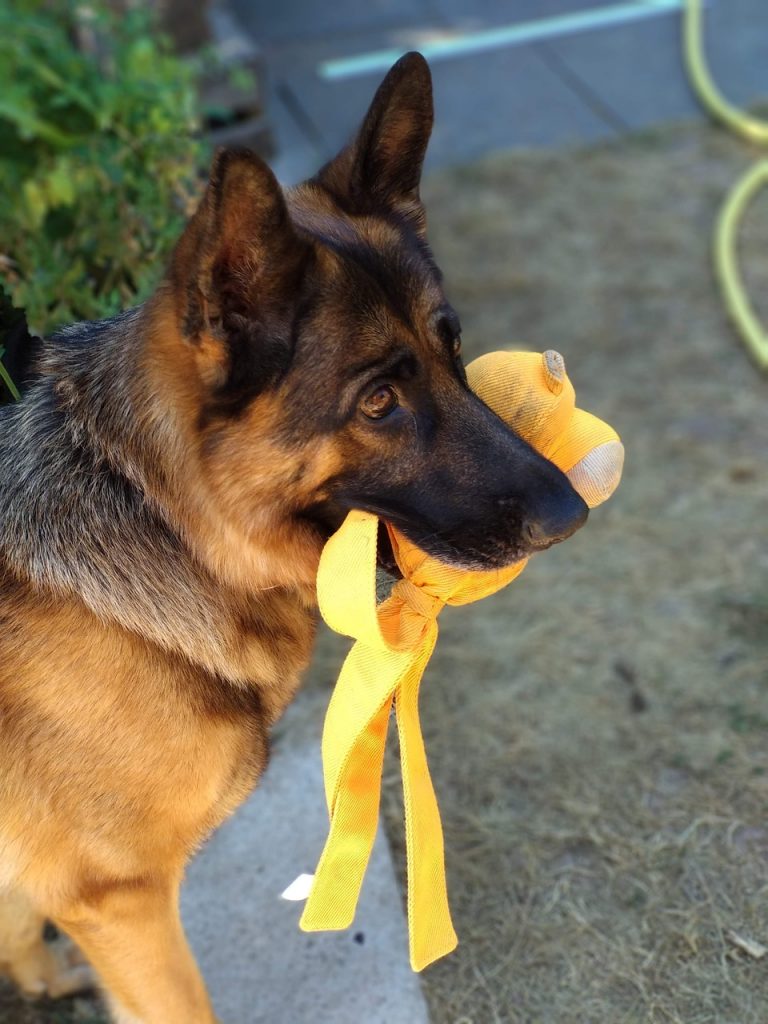
Good dental chew toys can slow down the dental disease. They are soft on your dog’s teeth and are not so small that they can be swallowed by your dogs. Dental chew toys come in a variety of textures and scrub the plaque out of your dog’s teeth.
It is the perfect toy for dogs because dog’s by nature love to bite.
Dog’s mouth rinse
You can slow down the progression of gum disease through the use of dental rinses. These dental rinses contain additives that help kill bacteria.
To apply the rinse, put a small amount in each side inside the cheek. The tongue and lips will spread the mouth rinse across the mouth.
The Don’t’s for dog teeth brushing
Avoid hard treats
Hard treats such as hooves and nylon bones can cause your dog to break their teeth. These treats are often very hard and tough to chew. Even though they are available at many pet stores, they should not be taken to your dog.
Avoid animal bones
You should avoid giving your dog any bones as it can lead them to fractured and broken teeth. Another side effect of giving your dog bones is that it splinters and tears your dog’s gum.
Avoid playing with your dog with a tennis ball
When you play with a tennis ball, the tennis ball tends to collect sand and dirt. This sand and dirt go into your dog’s mouth causing them dental problems. Also, the fuzz on a tennis ball tends to wear down your dog’s teeth over time.
Conclusion
In conclusion, brushing a dog’s teeth takes patience and some effort. Brushing your dog’s teeth occurs in sequential steps. These steps must be followed with a calming
and reassuring response toward your dog. The most effective method is brushing your dog’s teeth with a dog’s toothpaste and toothbrush. However, if it’s hard to
brush your dog’s teeth, you can use other alternatives methods. These methods help reduce and prevent build-up tartar and plaque maintaining your dog’s oral health.

